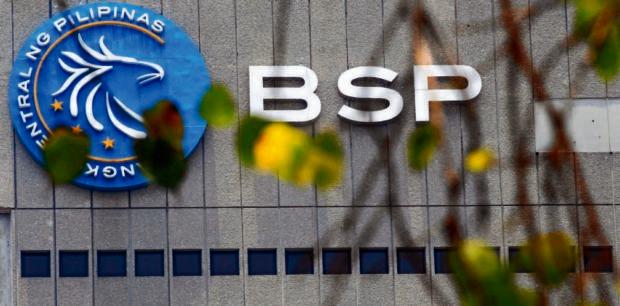MANILA -The net inflow of foreign direct investments (FDI) to the Philippines fell by 46 percent in January to $448 million from $824 million in the same month last year.
In a statement, the Bangko Sentral ng Pilipinas (BSP) said the January result was due to the decrease in nonresidents’ net investments in debt instruments and equity capital.
Meanwhile, nonresidents’ reinvestment of earnings increased slightly.
“FDI net inflows declined during the month amid global economic uncertainties and high inflation, which continued to weigh on investor decisions,” the BSP said.
Actual capital movement
The data represent capital that actually moved, instead of avowed commitment or planned investments, which may or may not be realized fully.
January results represented faster shrinking of net inflow compared with 14 percent in the same month of 2022, but much slower than the 76-percent plunge recorded in December.
In January, there was a 57-percent drop in nonresidents’ net investments in debt instruments, to $280 million from $645 million a year earlier.
Also, net equity capital— other than the reinvestment of earnings—decreased by 13 percent to $93 million from $107 million.
On the other hand, reinvestment of capital increased by 4 percent to $75 billion from $72 million.
Most of the equity capital placements in January came from Japan, Singapore, and the United States. These were invested mainly in the industries of manufacturing; financial and insurance, and real estate.
Michael Ricafort, chief economist at Rizal Commercial Banking Corp., (RCBC) said the net inflow in January was the lowest in one and a half years or since $426 million in May 2021.
Ricafort said high inflation that led to the rising trend in short-term interest rates as well as higher long-term interest rates that raised the cost of financing and the risk of recession in the United States all pushed down Philippine-bound inflows.
He said that, in the coming months, net FDIs could pick up as the economy has reopened greatly compared to 2022.
“[The] Philippine economy is still expected to have one of the fastest growth rates in the region thanks to the country’s attractive demographics, the economic reopening of China since December and the investment commitments obtained by the Marcos administration from overseas visits in recent months,” he said. INQ
READ:
https://business.inquirer.net/390300/philippines-foreign-direct-investment-inflows-shrank-by-23-to-9-2-b-in-2022


